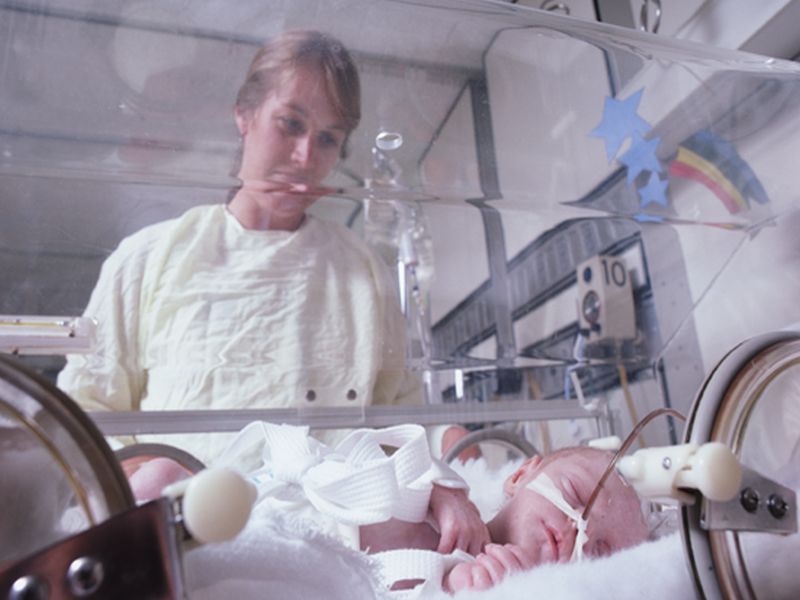Surgery Helps Babies Missing a Heart Chamber Survive, But Problems Linger

TUESDAY, July 2, 2019 (HealthDay News) -- When babies are born without one heart chamber, a special surgery can save their lives. But a new study shows that these patients face lifelong health issues that require special care.
Still, a new American Heart Association (AHA) scientific statement says, they can have rich and fulfilling lives.
A normal heart has two lower chambers, called ventricles. One pumps blood to the lungs and the other pumps blood to the rest of the body.
Children born with only one ventricle undergo surgery called a Fontan procedure, which diverts blood returning from the veins directly to the main artery leading to the lungs, instead of the blood being pumped from the heart.
While the procedure enables the infants to survive into adulthood, their unique circulatory system means they need ongoing medical care.
That's because they typically have chronically elevated pressure in their veins and less blood being pumped out of their heart. This can lead to circulatory failure because the heart pumps less efficiently and can't provide enough oxygen to the cells in the body, the AHA explained.
Also, people with Fontan circulation often have ventricular dysfunction, heart failure, heart rhythm disorders, and problems with their liver, kidneys, bones and other organs.
The statement outlines recommendations for follow-up care for patients with Fontan circulation, including how to maintain the health of the heart and other organs.
The AHA statement, published July 1 in the journal Circulation, also emphasizes the need to learn more about people born with one ventricle.
"We need more research into the basic biology of single ventricle hearts and whether the damage to other organ systems, such as kidneys, liver and brain, can be mitigated or reversed," said statement writing group chair Dr. Jack Rychik, who holds a chair in cardiology at the Children's Hospital of Philadelphia.
"We are entering a new phase in the management of patients born with one ventricle," he said in an AHA news release. "Provided that patients undergo regular follow-up with their health care provider, adopt a healthy lifestyle and are encouraged to participate in investigational clinical protocols and research, health care providers and patients can share an optimistic and hopeful view for a brighter future."
In 2018, there were an estimated 50,000 to 70,000 people worldwide with Fontan circulation, and 40% of them were 18 and older.
"Patients with Fontan circulation are going to consume an ever-increasing amount of resources as they grow in number and age into adult life," Rychik said. "Health care providers, both pediatric and adult, will need to increase their understanding and knowledge of this unique cardiovascular condition in order to maintain and improve their quality of life."
More information
Cincinnati Children's Hospital has more on Fontan circulation.

The news stories provided in Health News and our Health-E News Newsletter are a service of the nationally syndicated HealthDay® news and information company. Stories refer to national trends and breaking health news, and are not necessarily indicative of or always supported by our facility and providers. This information is provided for informational and educational purposes only, and is not intended to be a substitute for medical advice, diagnosis, or treatment.

